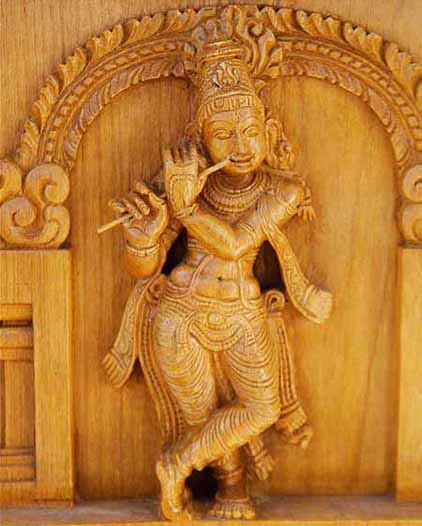
India has long been known as a very spiritual, religious heavy area of the world. In India, religion is a way of life. It is an integral part of the entire Indian tradition. For the majority of Indians, religion permeates every aspect of life, from common-place daily chores to education and politics.
India is one of the most religiously diverse nations in the world, with one of the most deeply religious societies and cultures. Religion plays a central and definitive role in the life of the country and most of its people.
The faith of more than 80% of the people is Hinduism, considered the world's oldest religious and philosophical system. Islam is practiced by around 13% of all Indians.
Sikhism, Ayyavazhi, Buddhism and Jainism are Indian-born religious systems that are strong and influential not only in India but across the world. Christianity, Zoroastrianism, Judaism and the Bah‡'’ Faith are also influential but their numbers are smaller.
Despite the strong role of religion in Indian life, atheism and agnostics are also visible influences.

Hinduism is a worldwide religious tradition that is based on the Vedas, and is the direct descendant of the Vedic religion. Hinduism evolved from a monolithic religion into a multitude of traditions over a period of 1500 years. It encompasses many religious rituals that widely vary in practice, as well as many diverse sects and philosophies. With an array of deities, all manifestations of the one Supreme monistic Brahman, are venerated. Thus, Hinduism is often misconceived to be a polytheistic religion, although the belief in a singular, Universal Soul is a fundamental tenet of the Hindu faith. Beliefs, codes and principles vary from region to region. It is the third largest religion in the world, with a following of approximately 1 billion people. Ninety-eight percent of Hindus can be found on the Indian subcontinent, chiefly in India. It is noteworthy however that the relatively small Himalayan kingdom of Nepal is the only nation in the world with Hinduism as its state religion.

Buddhism, known in ancient India as Buddha Dharma, originated in northern India in what is today the state of Bihar. It rapidly gained adherents during the Buddha's lifetime. Up to the 9th century, Indian followers numbered in the hundreds of millions. While the exact cause of the decline of Buddhism in India is disputed, it is known that the mingling of Hindu and Buddhist societies in India and the rise of Hindu Vedanta movements began to compete against Buddhism. Many believe that Hinduism's adaptation to Buddhism resulted in Buddhism's rapid decline. Also, Muslim invaders are recorded to have caused massive devastation on monasteries, libraries, and statuary, as they did on Hindu religious life. Many Indian Buddhist populations remained intact in or migrated to places like Sri Lanka, Tibet, and other Asian countries.
Recently, a revival of Buddhism in India has made significant progress. In 1956, B. R. Ambedkar, a freedom fighter during the Indian struggle for independence from the British, and hundreds of thousands of his followers converted to Buddhism in protest against the caste system. Subsequent mass conversions on a lesser scale have occurred since then. Three-quarters of these "neo-Buddhists" live in Maharashtra. Alongside these converts are the Vajrayana Buddhists of Ladakh, Sikkim, and Arunachal Pradesh, a small number of tribal peoples in the region of Bengal, and Tibetan refugees.

Jainism, along with Hinduism, Buddhism and Sikhism, is one of the four major Dharma religions originating in India. In general, Jains are extremely well-represented inspite of the fact that they form only 0.4% (around 4.2 million) of India's total population. Many of them rich and an overwhelming majority of them are well to do. As such, it can be said that they hold power and wealth disproportionate to their small population. According to the India Census 2001, Jains have the highest literacy rate (religion-wise) of 94.1% compared to the national average of 64.8%.
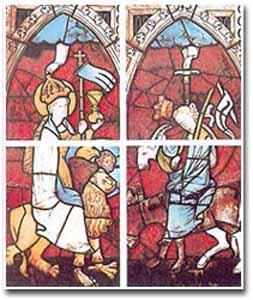
Christianity, according to tradition (and now supported by recent research), arrived in India in the first century through the apostle Thomas. St. Thomas converted many South Indians who continued to practice Christianity until present. It was further consolidated by the arrival of Syriac Jewish-Christians now known as Knanaya people in the second century C.E. This ancient ethnic Christian community of Kerala is known as Nasrani or Syrian Christian. The Nasrani people and especially the Knanaya people within the Nasranis have strong Jewish historical ties. Their form of Christianity is one of the most ancient: Syriac Christianity which is also known as the Eastern Orthodox Church and referred to in India as Saint Thomas Christians. It should be noted that the term "Saint Thomas Christians" is a loose term that many non-Nasranis Christians in Kerala are often labeled. The vast majority of Christians in Kerala are not the original Nasrani/Knanaya but indigenous local converts.
Roman Catholicism reached India during the period of European colonization, which began in 1498 when the Portuguese explorer Vasco da Gama arrived on the Malabar coast.Christian missionary activity increased in the early 1800s. Today Christianity is the third largest religion of India making up 2 - 2.5% of the population. Christians are most prevalent in the northeast in states such as Nagaland,Mizoram, south India, major metro areas, and in western states such as Goa.
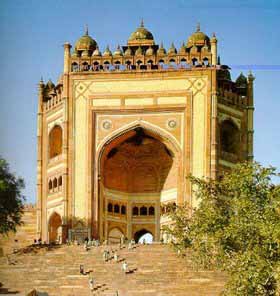
Gate of the Jami mosque built in 1571
Islam arrived in India as early as the 8th century CE. During the following decades,contributed greatly to the cultural enhancement of an already rich Indian culture, shaping not only the shape of Northern Indian classical music (Hindustani, a melding of Indian and Middle Eastern elements) but encouraging a grand tradition of Urdu (a melding of Hindi, Arabic and Persian languages) literature both religious and secular. Among other monuments, the Taj Mahal is a gift of the Mughals. As of 2001, there are about 130 million Muslims in India, most of whom were converted during the Mughal period and they mostly live in the north and west of the country.
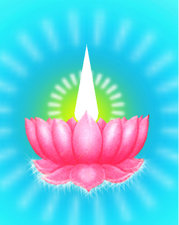
The Holy Symbol of Ayyavazhi Tradition
Ayyavazhi is a religion originated in south india in the 19th century. Officially it was considered as an offshoot section of Hinduism. But either in Philosophy or in religious practices Ayyavazhi and Hinduism varies a lot. Though it has not received official recognition, it has transformed itself into a distinctive religious phenomenon, making its presence felt in India's southern parts, mostly in southern districts of Tamil Nadu and in some parts of Kerala. But it is one of the fastest growing religions of Southern India, its rapid growth has been noted in the Christian missionary reports of the mid-19th century. It has more than 7000 worship centers throughout south India, mostly in Tamil Nadu and some in the city of Mumbai.
A form of the ancient Persian religion Zoroastrianism continues to be practiced in India, where its followers are called Parsis. Suffering persecution from Muslim rulers in what is now modern-day Iran, Zoroastrian immigrants were granted protection under a Hindu king in the Western section of India many centuries ago.
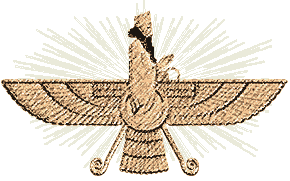
Zoroaster
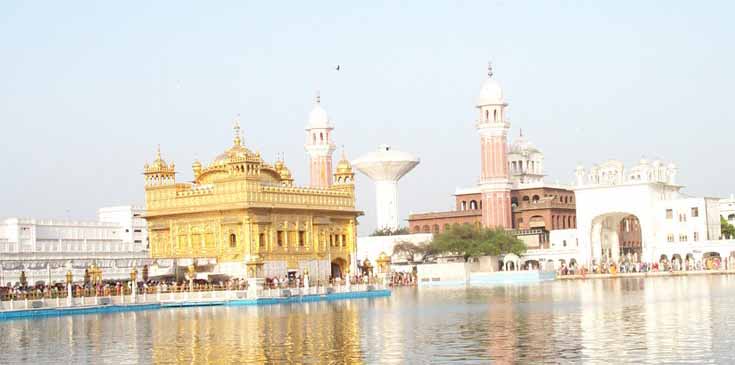
The Golden Temple
Sikhism, was founded in India's northwestern Punjab region about 400 years ago. As of 2001 there were 19.3 million Sikhs in India. Many of today's Sikhs are situated in Punjab, the largest Sikh province in the world and the ancestral home of Sikhs. The most famous Sikh temple is the Golden Temple, located in Amritsar, Punjab. Many Sikhs serve in the Indian Army. The current prime minister of India, Manmohan Singh, is a Sikh. Punjab is the spiritual home of Sikhs and is the only state in India where Sikhs form a majority.
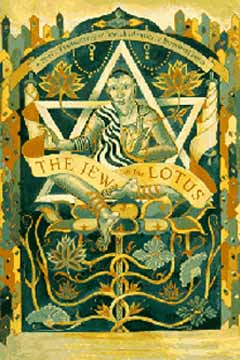
Indian Jews are a religious minority, living among India's predominantly Hindu populace. However, Judaism was one of the first religions to arrive in India and assimilate with local traditions through cultural diffusion. The Jewish population in India is hard to estimate since each Jewish community is distinct with different origins; some arrived during the time of the Kingdom of Judah, others are descendants of Israel's Lost Ten Tribes. Of the total Jewish population in India, about half live in Mizoram and a quarter live in the city of Mumbai. Unlike many parts of the world, Jews have historically lived in India without largescale anti-Semitism. However, Jews in India have recently suffered from terrorist attacks by Lashkar-e-Toiba, which has declared Jews and Hindus to be enemies of Islam. In Mumbai, two synagogues are located in predominantly Muslim inhabited areas.
In addition to Jewish members of various diplomatic corps, there are five native Jewish communities in India:
1. The Cochin Jews arrived in India 2,500 years ago and settled down in Cochin, Kerala as traders.
2. The Baghdadi Jews arrived in the city Mumbai from Iraq, Iran, and Afghanistan, and Arab countries about 250 years ago.
3. The Bene Israel arrived in the state of Maharashtra 2,100 years ago.
4. The Bnei Menashe are Mizo and Kuki tribesmen in Manipur and Mizoram who claim descent from the tribe of Menasseh.
6. The Bene Ephraim (also called Telugu Jews) are a small group who speak Telugu; their observance of Judaism dates to 1981.